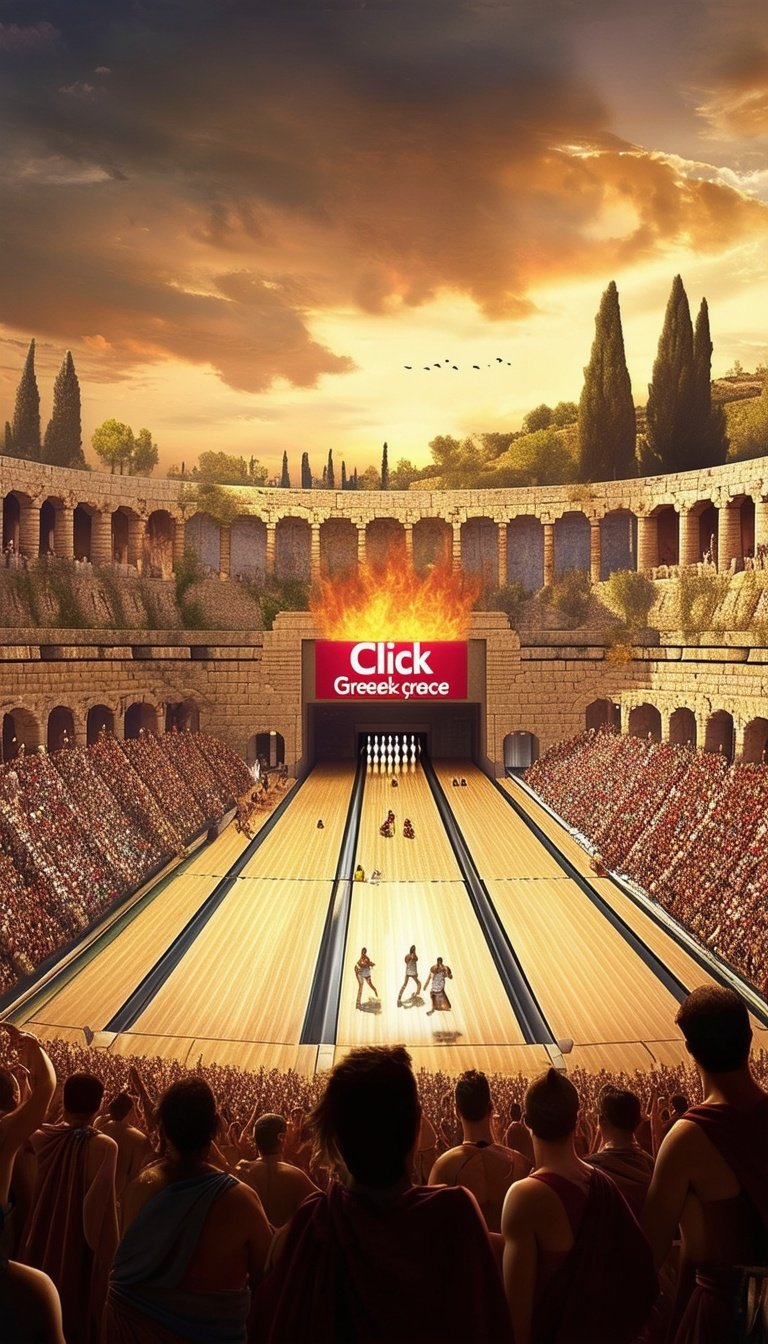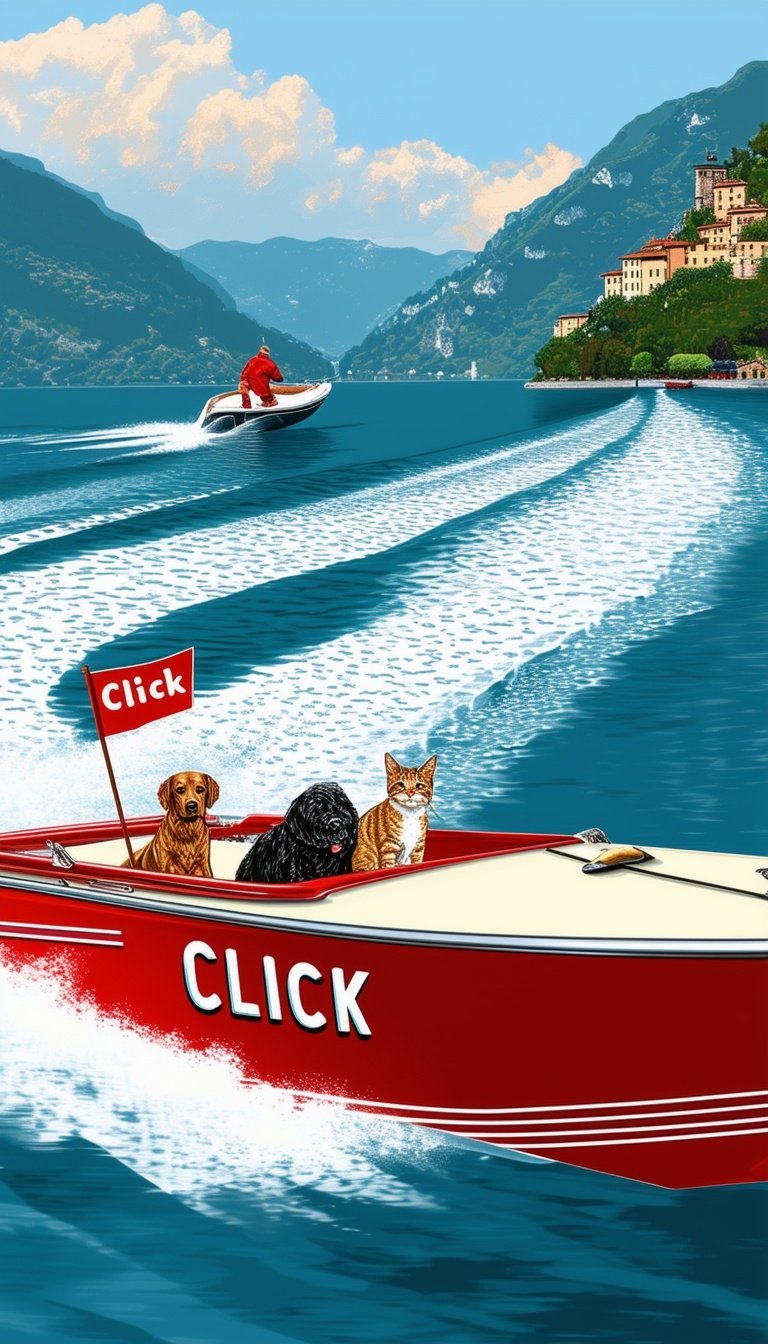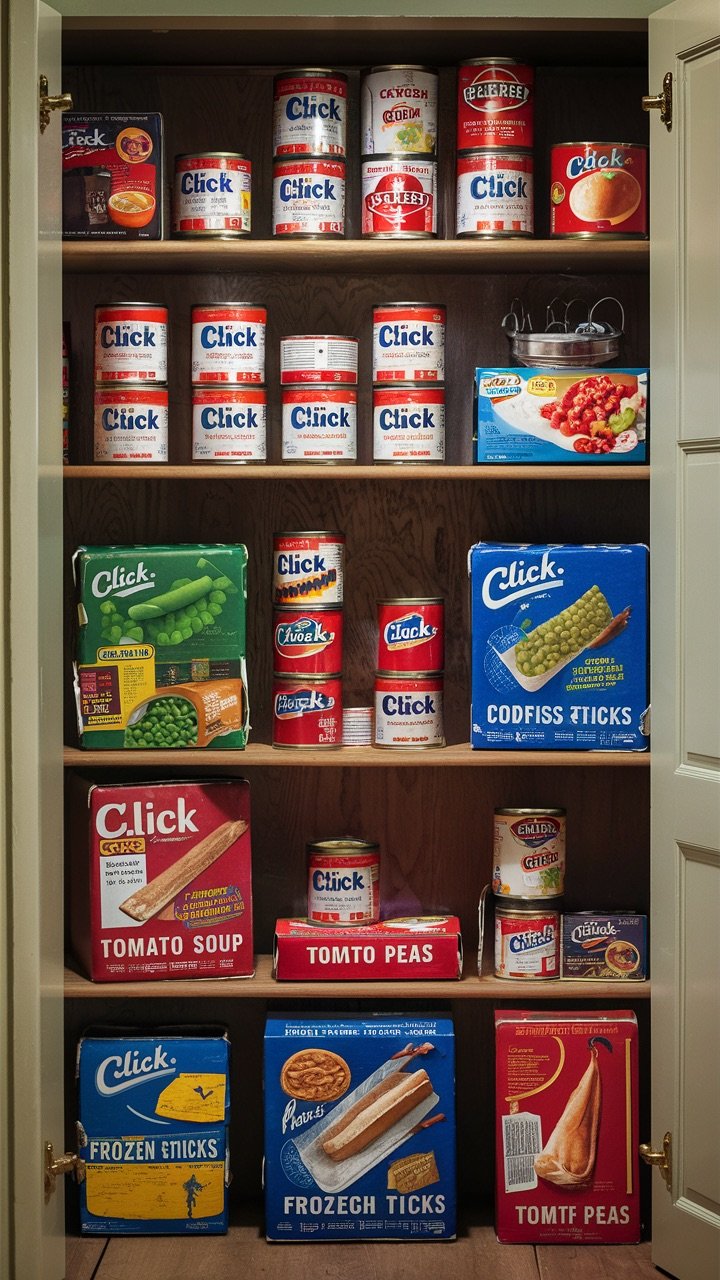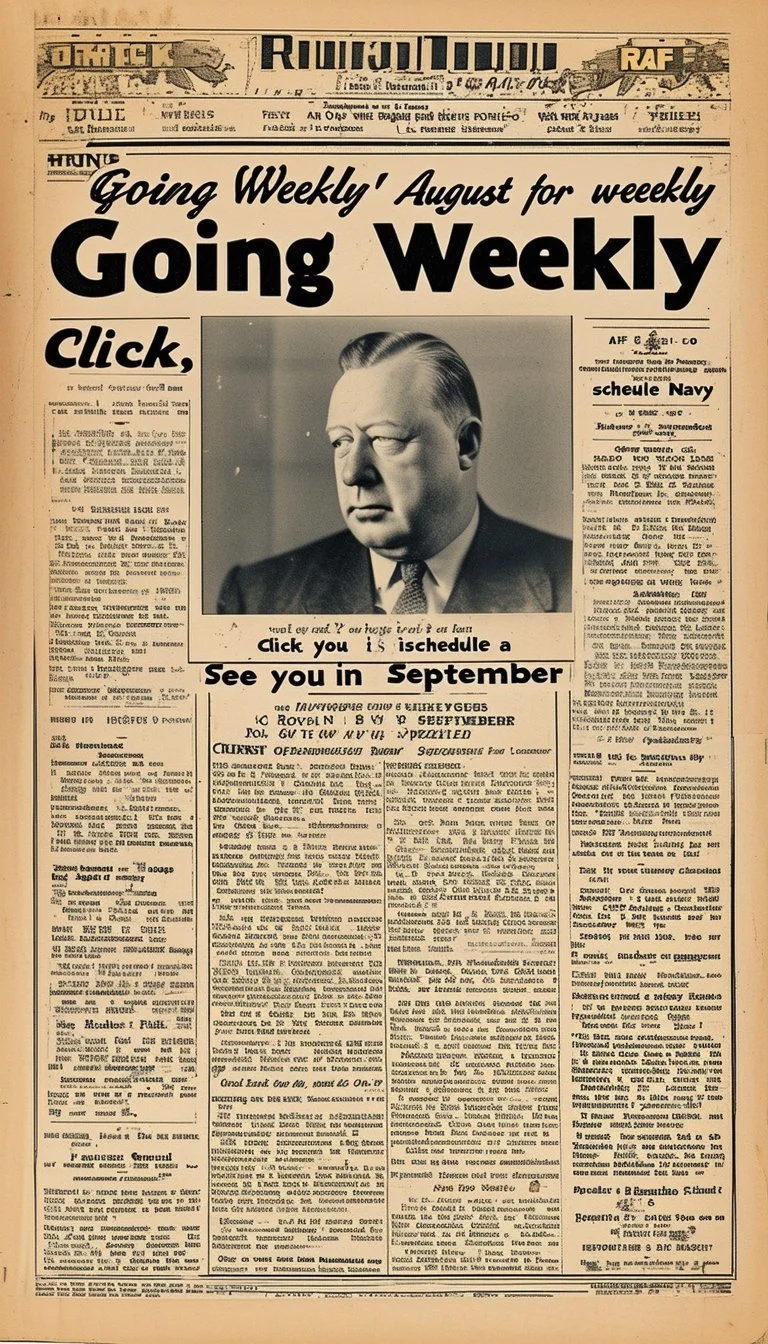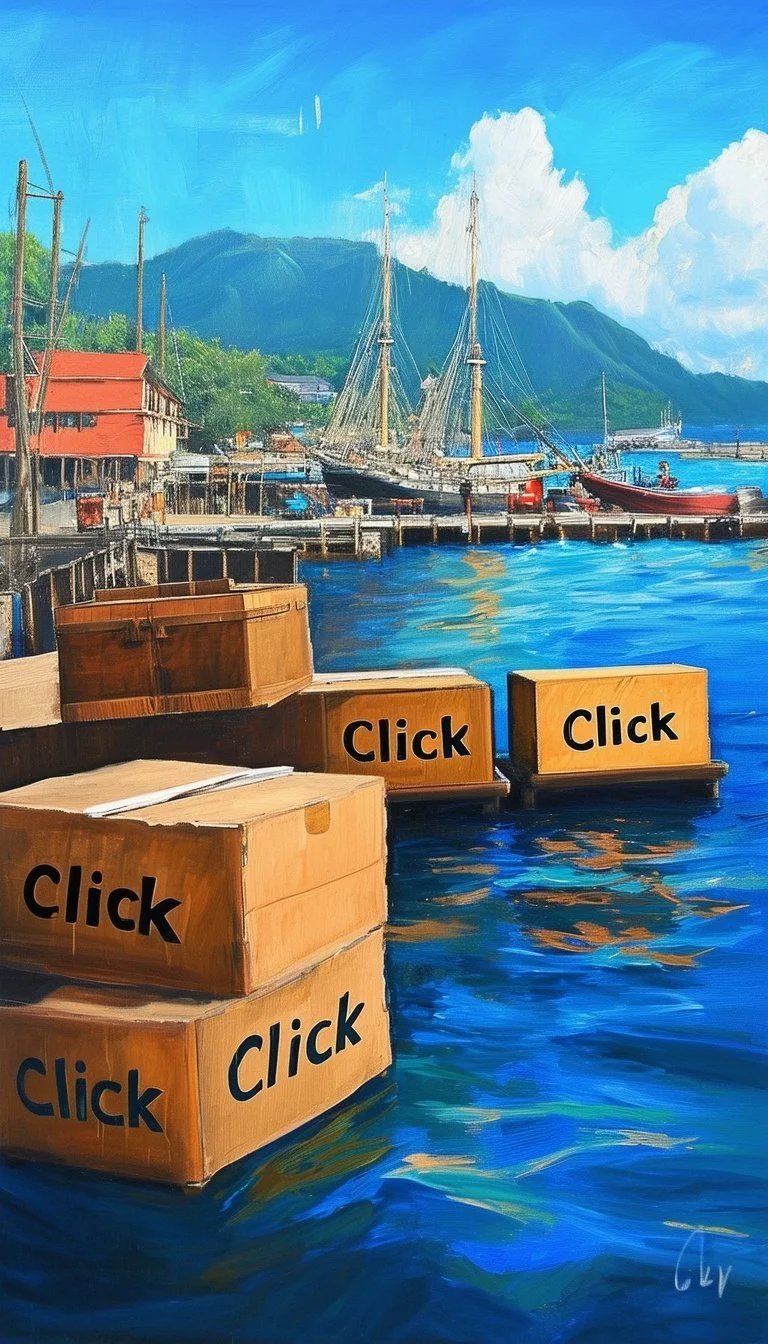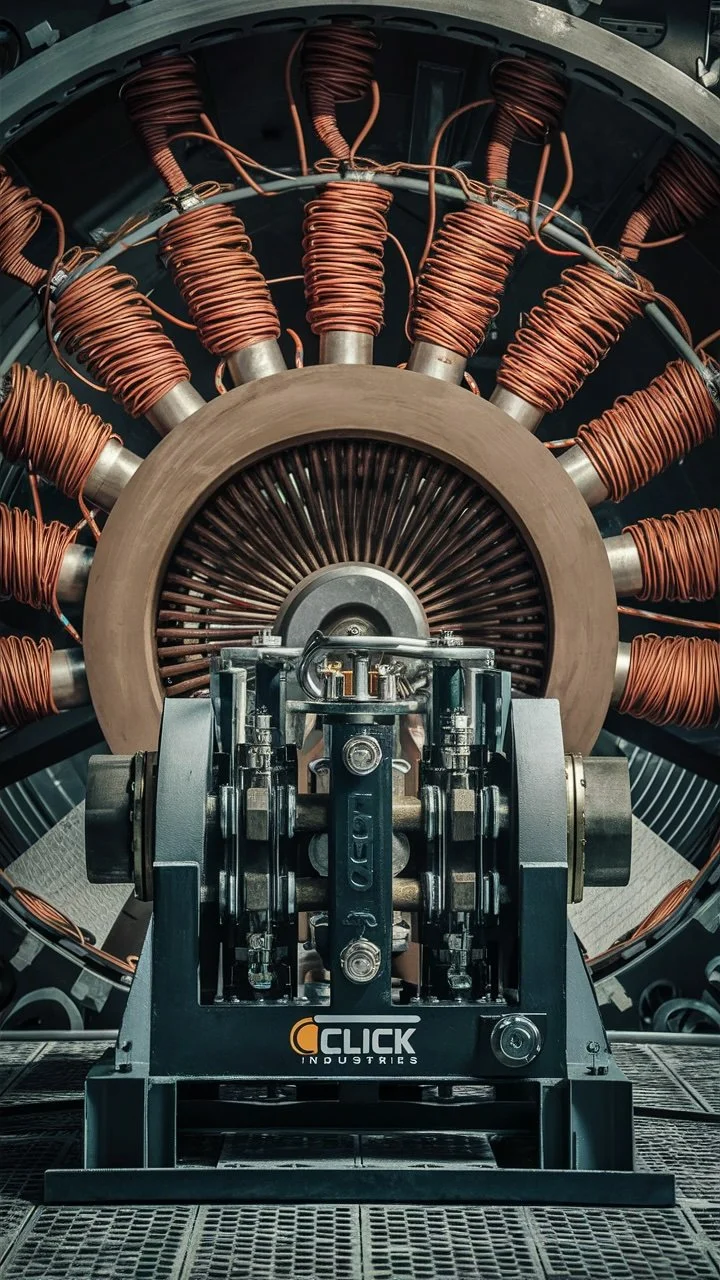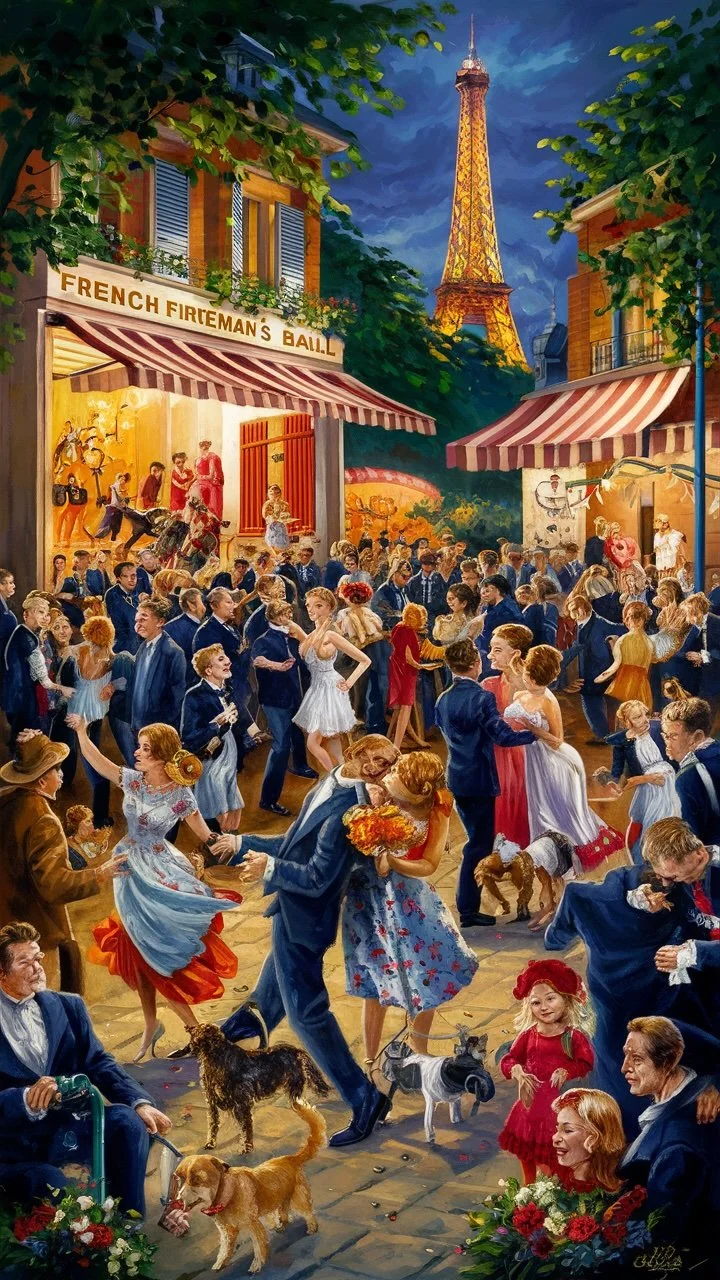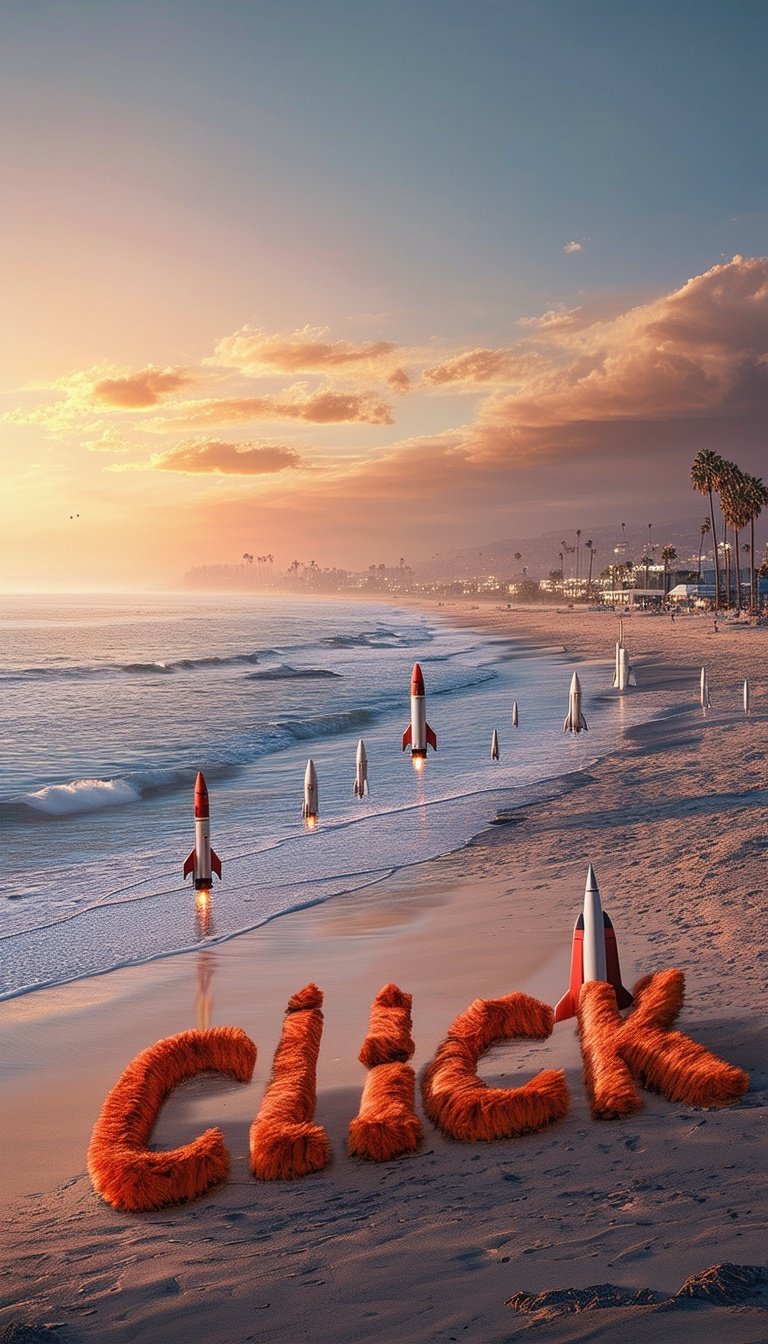Click Contest
The last Olympics before the modern era, often referred to as the ancient Olympics, were held in 393 AD. The ancient Olympic Games were a series of athletic competitions among representatives of various city-states of ancient Greece, held in honor of Zeus. They began in 776 BC in Olympia, Greece, and continued for nearly 12 centuries.
Key Points about the Ancient Olympics:
1. Duration and Frequency: The ancient Olympics were held every four years, a period known as an Olympiad.
2. Events: The games included a variety of events such as running races, wrestling, boxing, pankration (a form of martial art combining wrestling and boxing), chariot racing, and the pentathlon (which consisted of running, long jump, discus throw, javelin throw, and wrestling).
3. Participants: Only freeborn Greek men were allowed to participate. Women were not permitted to compete or even attend the games, except for the priestess of Demeter.
4. Religious Significance: The games were part of a religious festival in honor of Zeus. The athletes would offer sacrifices to the gods, and the games were held in Olympia, which housed the famous Statue of Zeus, one of the Seven Wonders of the Ancient World.
5. Decline and End: The decline of the ancient Olympics began with the rise of Roman influence over Greece. The games continued under Roman rule, but their significance diminished over time. The Emperor Theodosius I banned all pagan festivals, including the Olympics, as part of his efforts to promote Christianity throughout the Roman Empire, leading to the end of the ancient Olympic Games in 393 AD.
The modern Olympic Games were revived in 1896 by Pierre de Coubertin, marking the beginning of the modern era of the Olympics. The first modern Olympics were held in Athens, Greece, paying homage to the origins of the ancient games.
Chris Craft Click
Famous Chris-Craft Boats:
1. Chris-Craft Runabout:
- Model: Chris-Craft's early runabouts from the 1920s and 1930s.
- Features: Known for their sleek design, mahogany construction, and powerful engines. These boats helped establish Chris-Craft's reputation for quality and performance.
2. Chris-Craft Barrel Back: - Model: Produced from 1939 to 1942.
- Features: Notable for its distinctive rounded stern, giving it the nickname "barrel back." It is one of the most sought-after models among collectors.
3. Chris-Craft Cobra:
- Model: Introduced in 1955.
- Features: Recognizable by its distinctive gold fin and sleek, sporty design. Only about 106 Cobras were produced, making it a rare and collectible model.
4. Chris-Craft Continental:
- Model: Produced in the 1950s and 1960s.
- Features: Known for its stylish design, including a large, curved windshield and spacious interior. It was available in various lengths and configurations.
Click Cacti
Hoodoos are tall, thin spires of rock that protrude from the bottom of arid basins and badlands. They are formed through a process of weathering and erosion over millions of years. Hoodoos typically consist of relatively soft rock topped by harder, less easily eroded stone that protects each column from the elements.
Characteristics of Hoodoos:
1. Formation: Hoodoos are created by differential weathering and erosion. The softer rock erodes faster than the harder caprock, resulting in the distinctive pillar shape.
2. Size: Hoodoos can range from the height of an average human to heights exceeding 10 stories.
3. Location: Hoodoos are found in dry, desert areas with significant temperature variations and infrequent but heavy rainfall. Notable locations include Bryce Canyon National Park in Utah, the Alberta Badlands in Canada, and the Cappadocia region in Turkey.
4. Color: The coloration of hoodoos can be quite varied, often reflecting the different minerals within the rock layers, such as iron oxide (red) or manganese oxide (black).
Geological Process:
1. Frost Wedging: Water seeps into cracks in the rock. When temperatures drop, the water freezes, expands, and causes the rock to fracture.
2. Erosion: Wind and rain further erode the rock. The harder caprock protects the softer rock beneath it, leading to the creation of a column.
3. Chemical Weathering: The rock composition can change over time due to chemical reactions with the atmosphere, further contributing to the erosion process.
Click Contrails
Flying in the 1950s was a glamorous affair.
Seats were more spacious compared to modern economy class.
In-Flight Meals: Served on real china with silverware, often with multiple courses.
Dress Code: Passengers typically dressed formally, with men in suits and women in dresses.
Smoking: Allowed on most flights, with smoking sections designated in the cabin.
Airline Innovations
Pressurized Cabins: Introduced in aircraft like the Lockheed Constellation, allowing flights at higher altitudes, thus smoother and faster journeys.
Canned Click
"Canned Heat" originally referred to a type of portable cooking fuel known as Sterno, made f”"Canned Heat" originally referred to a type of portable cooking fuel known as Sterno, made from denatured alcohol and packaged in small, sealed cans. This fuel was commonly used for camping and chafing dishes. During the Great Depression, some people, particularly those who were homeless or transient, would drink Sterno after straining it to extract the alcohol content. This dangerous practice was sometimes referred to as drinking "canned heat."
Click Tape
Yellow police tape, often used to mark off crime scenes, was first developed and popularized by Harris Industries, Inc. The specific inventor of this type of tape was E.J. Brooks Company, which patented the tape in the 1960s. The bright yellow color and bold black lettering are designed to be highly visible and clearly communicate that an area is restricted.
Click Sound
Fashion designers such as Mary Quant and André Courrèges helped to bring bell-bottoms to high fashion. Their designs in the late 1960s and early 1970s featured bell-bottoms in various fabrics and patterns.
Sonny and Cher were the earliest celebrities to popularise bell-bottoms in the 1960s. Their television show, "The Sonny & Cher Comedy Hour," showcased Cher's fashion-forward style, including her frequent wearing of bell-bottoms.
Click Hospitality
King Charles II: One notable figure who helped popularise the pineapple in Europe was King Charles II of England. In a famous painting by Hendrick Danckerts, the king receives a pineapple as a gift from his gardener, John Rose. This image helped cement the fruit’s association with luxury and royal favour.
Extra, Extra…
The title of the oldest newspaper is often attributed to different publications depending on how one defines a newspaper. Here are a few significant contenders:
Relation Aller Fürnemmen und Gedenckwürdigen Historien (1605)
Germany
Publisher: Johann Carolus
Details: Often recognised as the world’s first newspaper, this publication began in 1605 in Strasbourg (then part of the Holy Roman Empire). It was a weekly news periodical and is considered the first newspaper to meet the criteria of being published regularly and providing news reports to a wide audience.
Avisa Relation oder Zeitung (1609)
Germany
Published in Wolfenbüttel, this newspaper started in 1609 and is another early example of regular news reporting, further establishing the concept of periodic news dissemination.
The Gazette (1665)
United Kingdom
Publisher: Henry Muddiman
Originally called "The Oxford Gazette," it was Britain's first official journal of record. It began publication in 1665 during the Great Plague of London when the court temporarily relocated to Oxford. It remains published today as "The London Gazette," making it one of the oldest continuously published newspapers.
Post-och Inrikes Tidningar (1645)
Sweden
Publisher: Queen Christina of Sweden
Founded in 1645, this newspaper is the world's oldestcontinuously published newspaper. It was initially a government publication and is still published today, though now in a digital format.
Gravy Trolley
Railroad Slang: The term is believed to have originated in the railroad industry in the United States. Railroad workers used the term "gravy train" to describe a run that was easy and highly profitable. The "gravy" part of the phrase likely refers to the ease and abundance of the job, akin to how gravy is seen as a rich and luxurious addition to a meal.
A Power Click
The first magnet used to create electricity was part of an experiment conducted by Michael Faraday in 1831. Faraday discovered that when a magnet is moved through a coil of wire, it induces an electric current in the wire. This phenomenon is known as electromagnetic induction. Faraday's experiments involved using a copper disc that rotated between the poles of a horseshoe magnet, generating a continuous current of electricity. This groundbreaking discovery laid the foundation for the development of electric generators and transformers.
Faraday's work in 1831 was pivotal, marking the first successful attempt to generate electricity using a magnetic field. His experiment demonstrated that a changing magnetic field could produce an electric current, which is the principle behind most modern electrical generators.
Click Eat
One prominent example of the same food being made under both EU and U.S. rules is Kraft Macaroni and Cheese. The product's formulation differs significantly between the two regions due to regulatory and ingredient differences.
Kraft Macaroni and Cheese in the U.S.
Ingredients: The U.S. version often contains artificial dyes such as Yellow 5 and Yellow 6, which give the cheese its bright orange colour. The FDA approves these dyes for use in food, but they have been linked to various health concerns, including hyperactivity in children.
Preservative: It includes preservatives such as sodium phosphate to extend shelf life and maintain the product's texture and appearance.
Nutritional Content: The U.S. version may also contain more sodium and other additives compared to its European counterpart.
Kraft Macaroni and Cheese in the E.U.
Ingredients: The EU version of Kraft "Cheesey Pasta" does not contain the artificial dyes found in the U.S. version. Instead, natural colourants like paprika and beta-carotene are used to achieve the desired colour.
Regulatory Compliance: Due to stricter regulations in the EU regarding food additives and artificial ingredients, the product formulation avoids many of the chemicals allowed in the U.S.
Preservatives: It tends to have fewer preservatives and additives, aligning with the EU's more rigorous food safety and quality standards.
Nutritional Content: The EU version typically has lower sodium levels and may focus more on natural flavours and ingredients.
These differences highlight how regulatory environments influence food manufacturing. In the EU, stricter regulations on food additives and a focus on natural ingredients result in a product with fewer artificial components and potentially healthier nutritional profiles. In contrast, the U.S. version reflects a regulatory environment that allows more artificial additives, which can affect the product's nutritional quality and health implications.
Fête Nat
Bastille Day, celebrated on July 14th, is France's National Day and commemorates several important events and traditions:
1. Storming of the Bastille (1789): The most famous event associated with Bastille Day is the storming of the Bastille prison on July 14, 1789. This marked a turning point in the French Revolution, symbolizing the end of the king's absolute power and the rise of the people's sovereignty. The Bastille was a symbol of the monarchy's tyranny, and its fall became a powerful symbol of freedom and democracy.
2. Fête de la Fédération (1790): The first official celebration of Bastille Day, held on July 14, 1790, was known as the Fête de la Fédération. It commemorated the unity of the French people and the establishment of a constitutional monarchy.
3. Military Parades: One of the key modern traditions of Bastille Day is the military parade held on the Champs-Élysées in Paris. It is the oldest and largest regular military parade in Europe, showcasing France's military strength and honoring its armed forces.
4. Fireman's Ball: An interesting tradition associated with Bastille Day is the Fireman's Ball (Bal des Pompiers), where fire stations open their doors to the public for a night of dancing, music, and festivities.
Centre Click
The youngest winners of the Wimbledon singles titles are:
Men's Singles:
Boris Becker:
- Boris Becker from Germany won Wimbledon in 1985 at the age of 17 years and 227 days. He was the youngest men's singles champion at Wimbledon and also the first unseeded player to win the title.
Women's Singles:
Martina Hingis:
- Martina Hingis from Switzerland won Wimbledon in 1997 at the age of 16 years and 278 days. She became the youngest female singles champion in the Open Era.
Rockets on the Beach
Quartz Sand: This is the most common type of sand found on beaches, especially along coastlines. It's typically light-coloured and composed mainly of silica (silicon dioxide). Quartz sand is durable and resistant to weathering.
Carbonate Sand: Found in tropical and subtropical regions, this sand is composed primarily of calcium carbonate, derived from the shells and skeletons of marine organisms like coral and molluscs. It tends to be white or light-coloured.
Volcanic Sand: Found near volcanic areas, this sand is typically dark-coloured, ranging from black to dark green, and is composed of basalt and other volcanic minerals.
Gypsum Sand: Rare and found in specific locations like White Sands National Park in New Mexico, this type of sand is composed of gypsum crystals. It’s white and very soft.
Olivine Sand: This greenish sand is found in some places with volcanic activity, such as Hawaii. It's rich in the mineral olivine.
Granite Sand: Found near granite outcrops, this type of sand consists of small granite particles. It can range in colour from white to pink to grey.
Coral Sand: Composed of fragments of coral and other marine organisms, this type of sand is common in coral reef areas. It is often light-coloured and can contain bits of shell and other organic material.
Garnet Sand: Rich in garnet minerals, this type of sand can be red or pinkish and is often found in areas with metamorphic rocks.
Clicking Sand
Quartz Sand: This is the most common type of sand found on beaches, especially along coastlines. It's typically light-coloured and composed mainly of silica (silicon dioxide). Quartz sand is durable and resistant to weathering.
Carbonate Sand: Found in tropical and subtropical regions, this sand is composed primarily of calcium carbonate, derived from the shells and skeletons of marine organisms like coral and molluscs. It tends to be white or light-coloured.
Volcanic Sand: Found near volcanic areas, this sand is typically dark-coloured, ranging from black to dark green, and is composed of basalt and other volcanic minerals.
Gypsum Sand: Rare and found in specific locations like White Sands National Park in New Mexico, this type of sand is composed of gypsum crystals. It’s white and very soft.
Olivine Sand: This greenish sand is found in some places with volcanic activity, such as Hawaii. It's rich in the mineral olivine.
Granite Sand: Found near granite outcrops, this type of sand consists of small granite particles. It can range in colour from white to pink to grey.
Coral Sand: Composed of fragments of coral and other marine organisms, this type of sand is common in coral reef areas. It is often light-coloured and can contain bits of shell and other organic material.
Garnet Sand: Rich in garnet minerals, this type of sand can be red or pinkish and is often found in areas with metamorphic rocks.
Click to Start
AT the Panhellenic Games of ancient Greece, as early as the fourth century B.C., runners would crouch and lean forward at the ready, their naked bodies glistening with oil. They were restrained against a premature start by two cords stretched tight across the starting line. One cord held them at their waist and another at the knees.
At the cry of "apite," for "take off," the cords fell forward and the runners broke, sprinting down the track to the cheers of spectators in the stadium. This was the way the highly competitive foot races of Greece began at least as early as 340 B.C., long before there were starting pistols.
Click Lounge
The invention of the match went through several stages, with contributions from various inventors over time. The modern friction match was invented by John Walker, an English chemist, in 1827. Walker's matches, known as "Friction Lights," were made by coating the end of a small wooden stick with a mixture of antimony sulfide, potassium chlorate, gum, and starch. The match would ignite when struck against a rough surface.
However, earlier forms of matches existed before Walker's invention:
1. Chinese Matches (circa 577 AD): The earliest recorded matches were used in China. These were made from small sticks of pinewood impregnated with sulfur.
2. Robert Boyle (1680): Irish physicist Robert Boylediscovered that rubbing phosphorus and sulfur together could create a flame. However, this was not developed into a practical match.
3. Jean Chancel (1805): A French chemist, Jean Chancel, created an early match by coating a wooden stick with a mixture of potassium chlorate, sulfur, sugar, and rubber. This match was ignited by dipping it into sulfuric acid, making it impractical for widespread use.
John Walker's invention marked the beginning of the modern match, which was later improved by others, such as Gustaf Erik Pasch and Johan Edvard Lundström, who developed the safety match in the mid-19th century.
Click, Click, Click
Isaac Beeckman, wrote in 1620 ”A day or two later I received a letter from my father, in which he wrote to me that DREBBEL had developed a boat in England, with which he could sail above and below water as he wished.
The first real submarine capable of operating underwater was tested by Cornelis Drebbel, a Dutch inventor and engineer. Drebbel's submarine was built in the early 17th century, around 1620-1624, under the patronage of King James I of England.
Drebbel's submarine was a wooden vessel covered in greased leather to make it watertight. It was propelled by oars that extended through waterproof seals, allowing it to move underwater. The vessel reportedly made several successful test dives in the River Thames, with Drebbel piloting the submarine on at least one occasion. These tests demonstrated the feasibility of underwater navigation, making Drebbel's submarine the first documented operational submarine in history.


